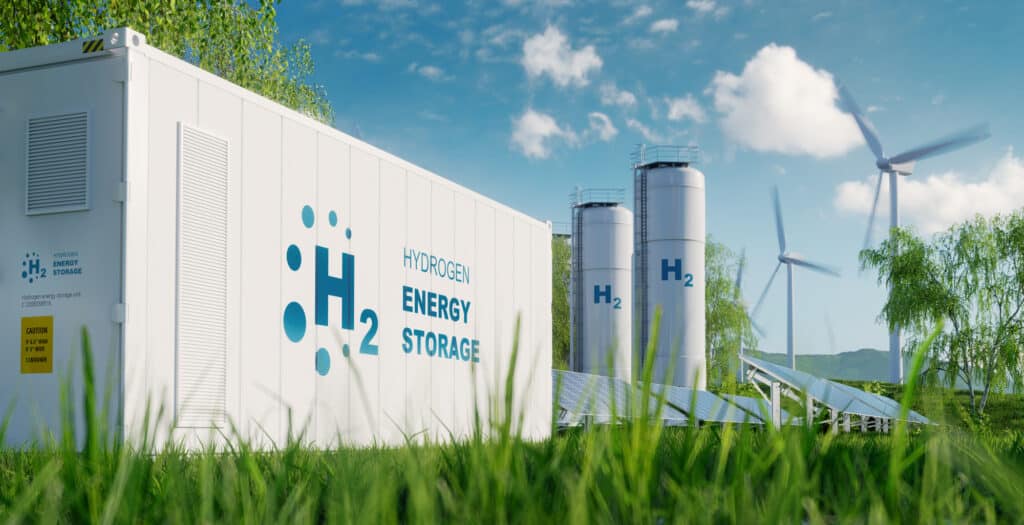
As the world increasingly shifts toward renewable energy sources like solar and wind, the need for efficient and reliable storage solutions has never been more critical. These renewable energy sources are inherently intermittent because they don’t produce energy 24/7. To fully harness their potential, innovative storage technologies are essential for storing excess energy when production is high and releasing it when demand peaks. Recent advancements in this field are paving the way for a greener, more sustainable future.
Storage of Renewable Energy
The ability to store energy provides a bridge between renewable energy production and consumption. Without effective storage solutions, surplus energy generated during sunny or windy periods would go to waste. Conversely, during periods of low production, we would still rely on fossil fuels to meet energy demands. Innovations in technologies for storing energy are helping to overcome these challenges by enabling us to store energy more efficiently, reduce reliance on non-renewable sources, and create a more resilient and reliable grid.
Advances in Battery Technology
Lithium-ion batteries have dominated this field for years, powering everything from electric vehicles to home energy storage systems. However, recent innovations are pushing the boundaries of battery technology even further.
One promising development is solid-state batteries, which replace the liquid electrolyte found in traditional batteries with a solid material. These batteries offer higher energy density, faster charging times, and improved safety by reducing the risk of overheating and fires. Solid-state batteries have the potential to revolutionize both the electric vehicle market and grid storage, making renewable energy more accessible and efficient.
Another exciting innovation is flow batteries. Unlike conventional batteries that store energy in electrochemical cells, flow batteries store energy in liquid electrolyte solutions held in external tanks. This design allows for longer-duration storage and greater scalability, making them ideal for large-scale renewable energy projects. Flow batteries also have a longer lifespan and can be cycled more frequently without degrading, offering a sustainable solution for grid storage.
Emerging Technologies
Beyond batteries, other technologies are gaining traction. Hydrogen storage is an emerging solution that converts excess renewable energy into hydrogen through electrolysis. This hydrogen can then be stored and used later to generate electricity or power vehicles. Hydrogen storage is particularly appealing because it offers a clean, flexible, and scalable way to store energy over long periods.
Another innovative approach is pumped hydro storage, which uses excess energy to pump water from a lower reservoir to a higher one. When energy demand increases, the water is released back down through turbines to generate electricity. Pumped hydro is one of the most efficient and mature energy storage technologies, and new advancements are making it even more viable for integrating with renewable energy systems.
The Future
The future of this field is bright, with ongoing research and development promising even more efficient, cost-effective, and sustainable solutions. Whether through breakthroughs in battery technology, hydrogen storage, or other emerging methods, these innovations will be key to unlocking the full potential of renewable energy and creating a cleaner, more sustainable world for future generations.
Energy Auditing
The first step in improving energy efficiency is understanding your energy needs and usage. A comprehensive energy audit will help you determine your energy needs, current usage, and how to make changes to decrease consumption. A transition to stored energy may be the answer! With EMAT Field Auditor, you can conduct this audit more quickly, with fewer mistakes, and at less cost to you than a traditional audit. Schedule a demo today!